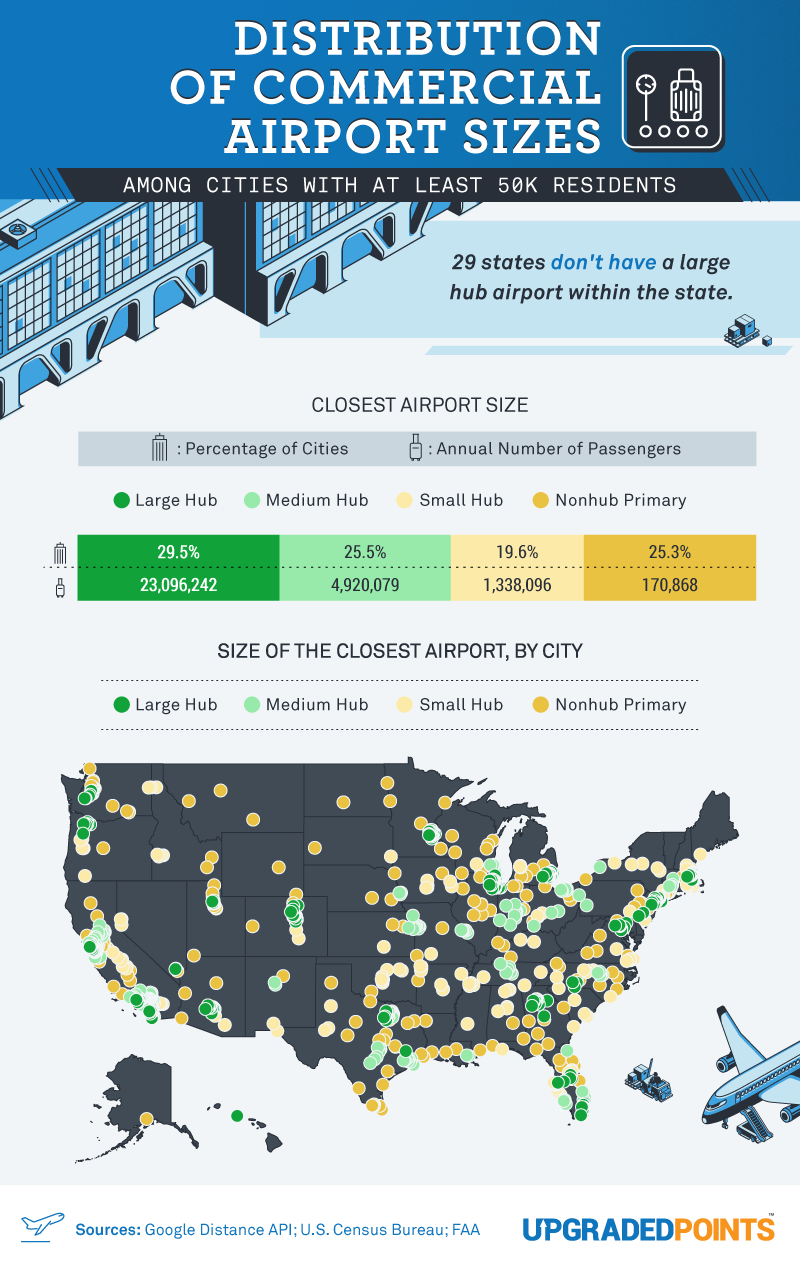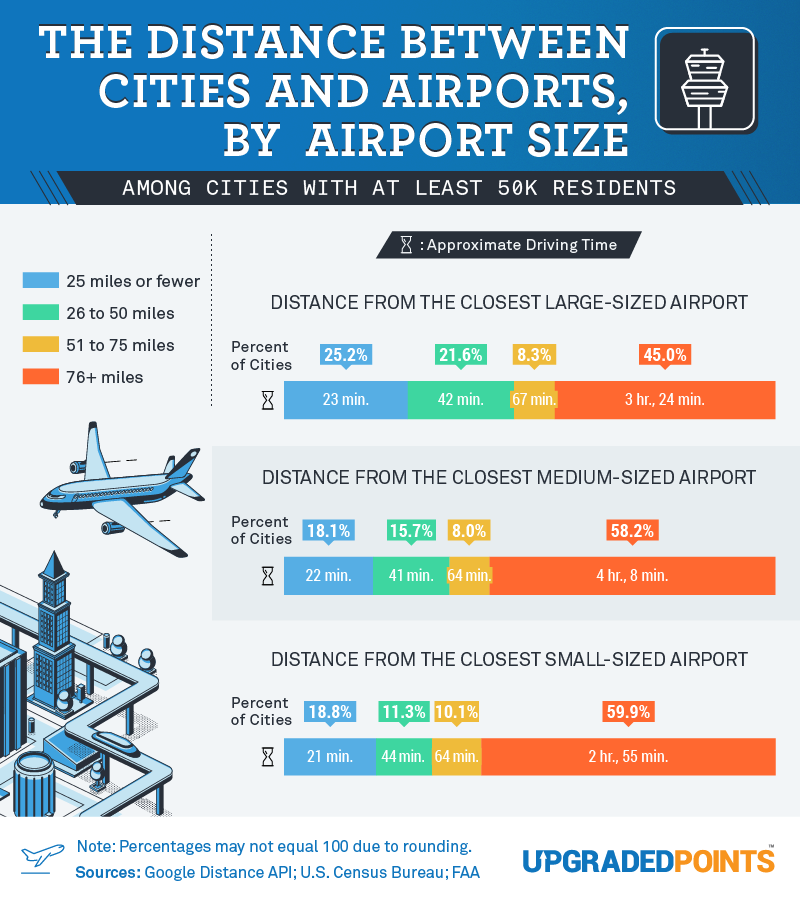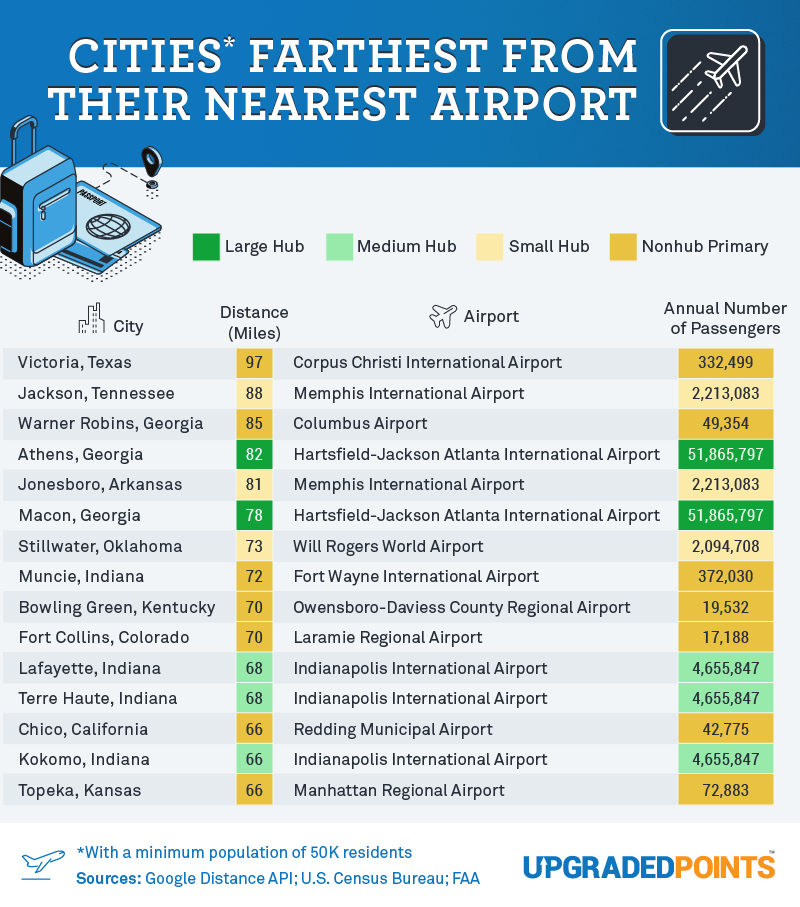Alex Miller
Alex Miller
Founder & CEO
304 Published Articles
Countries Visited: 34U.S. States Visited: 29
Founder and CEO of Upgraded Points, Alex is a leader in the industry and has earned and redeemed millions of points and miles. He frequently discusses the award travel industry with CNBC, Fox Business...
Edited by: Kellie Jez
Kellie Jez
Director of Operations & Compliance
6 Published Articles 1295 Edited Articles
Countries Visited: 10U.S. States Visited: 20
Kellie’s professional experience has led her to a deep passion for compliance, data reporting, and process improvement. Kellie’s learned the ins and outs of the points and miles world and leads UP’s c...
![Airport Deserts: Exploring the Distance Between Airports and the Cities They Serve [Data Study]](https://upgradedpoints.com/wp-content/uploads/2019/12/Transportation-Deserts-Featured-Image.png?auto=webp&disable=upscale&width=1200)



![The 10 Best and Worst Airports In The U.S. [Data-Driven Infographic]](https://upgradedpoints.com/wp-content/uploads/2018/07/Best-and-Worst-Airports-in-The-US-1.png?auto=webp&disable=upscale&width=1200)
![The Top 9 Most Kid-Friendly Airports in the U.S. [2019 Study]](https://upgradedpoints.com/wp-content/uploads/2019/04/Kids-in-Airport.jpeg?auto=webp&disable=upscale&width=1200)
![The Most Expensive Airbnb Listings In Every State [Data Study]](https://upgradedpoints.com/wp-content/uploads/2023/01/IMG_8187.jpg?auto=webp&disable=upscale&width=1200)
![The U.S. Airlines Most Likely to Bump You [Data Study]](https://upgradedpoints.com/wp-content/uploads/2022/07/Frontier-male-passenger-boarding-pass.jpg?auto=webp&disable=upscale&width=1200)